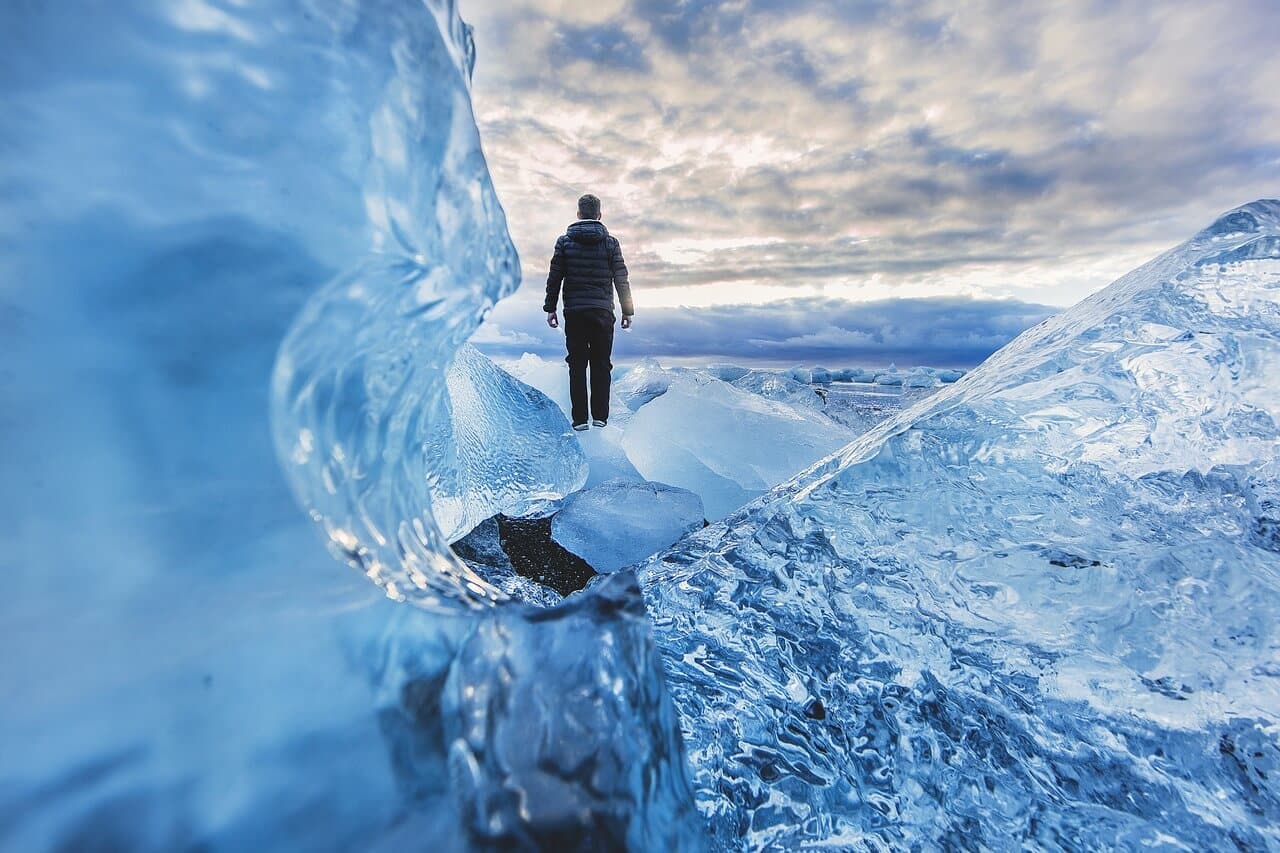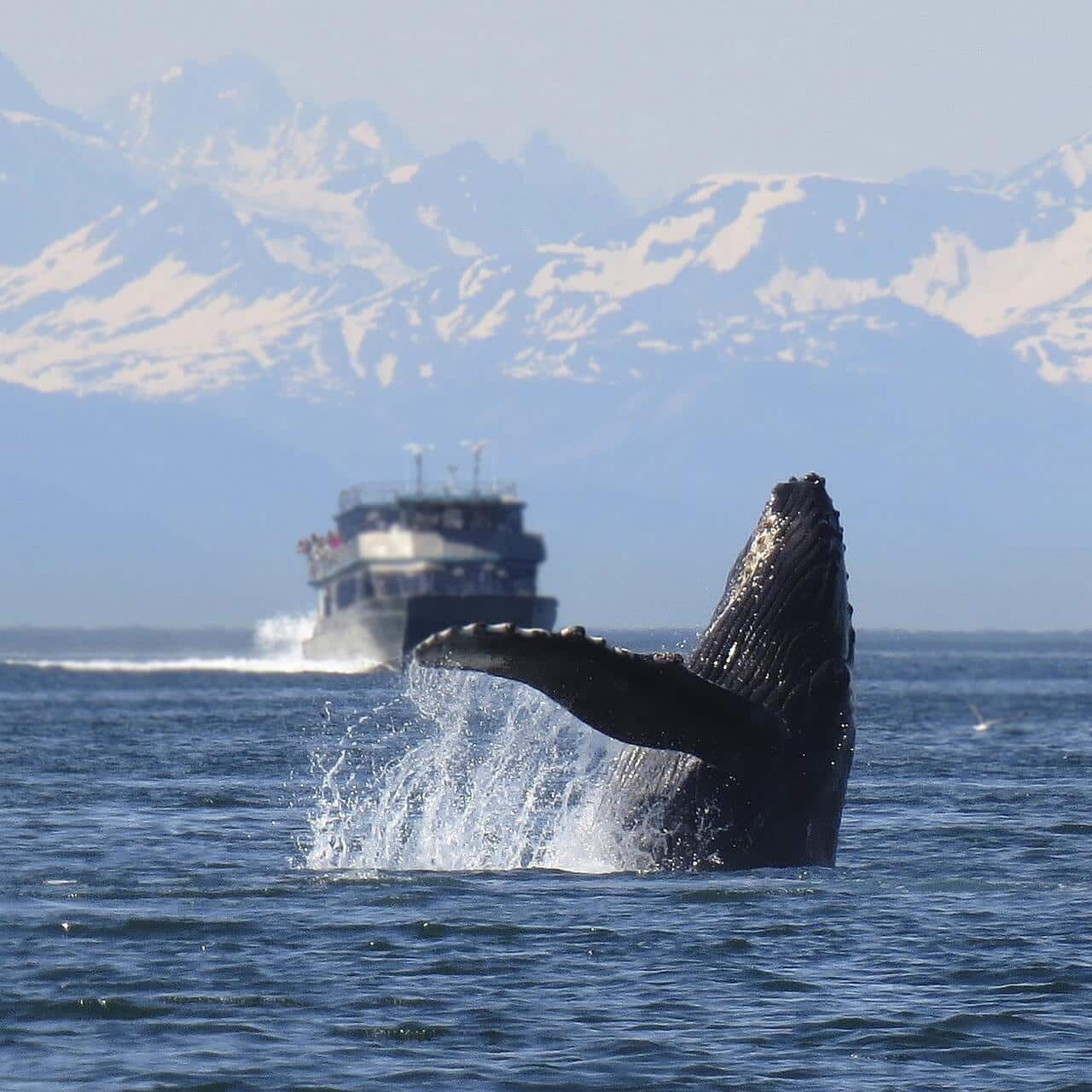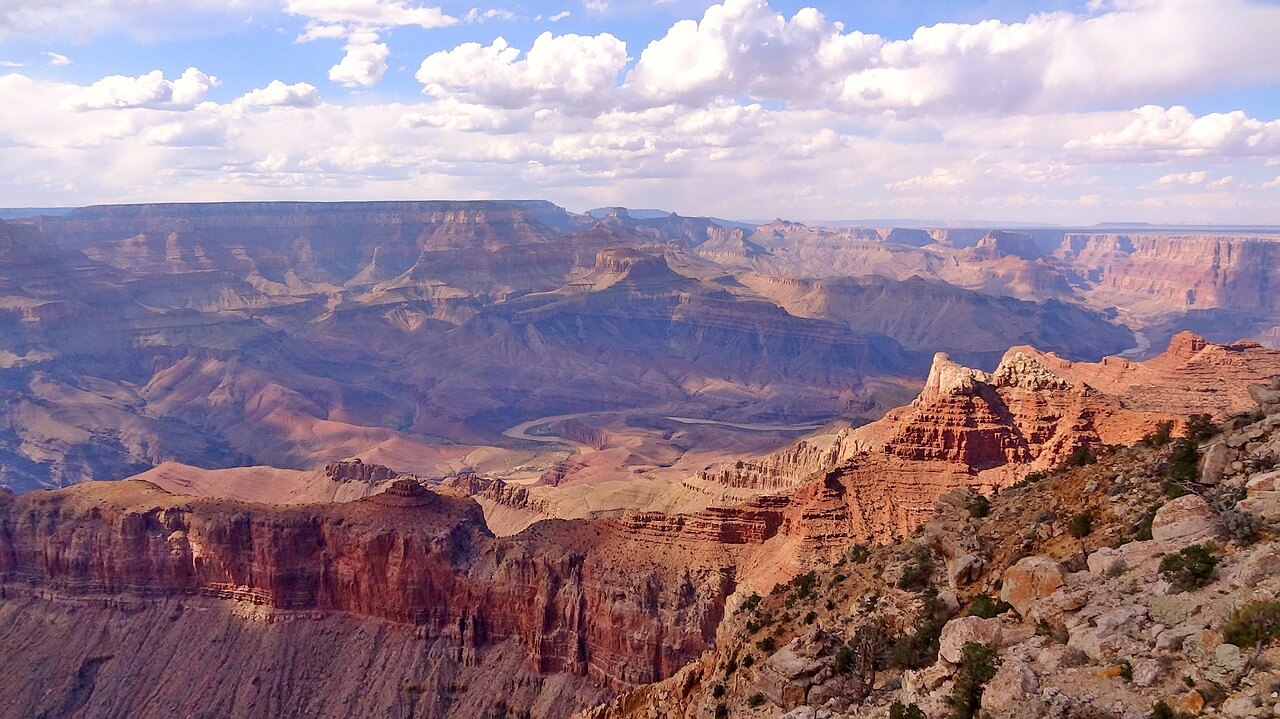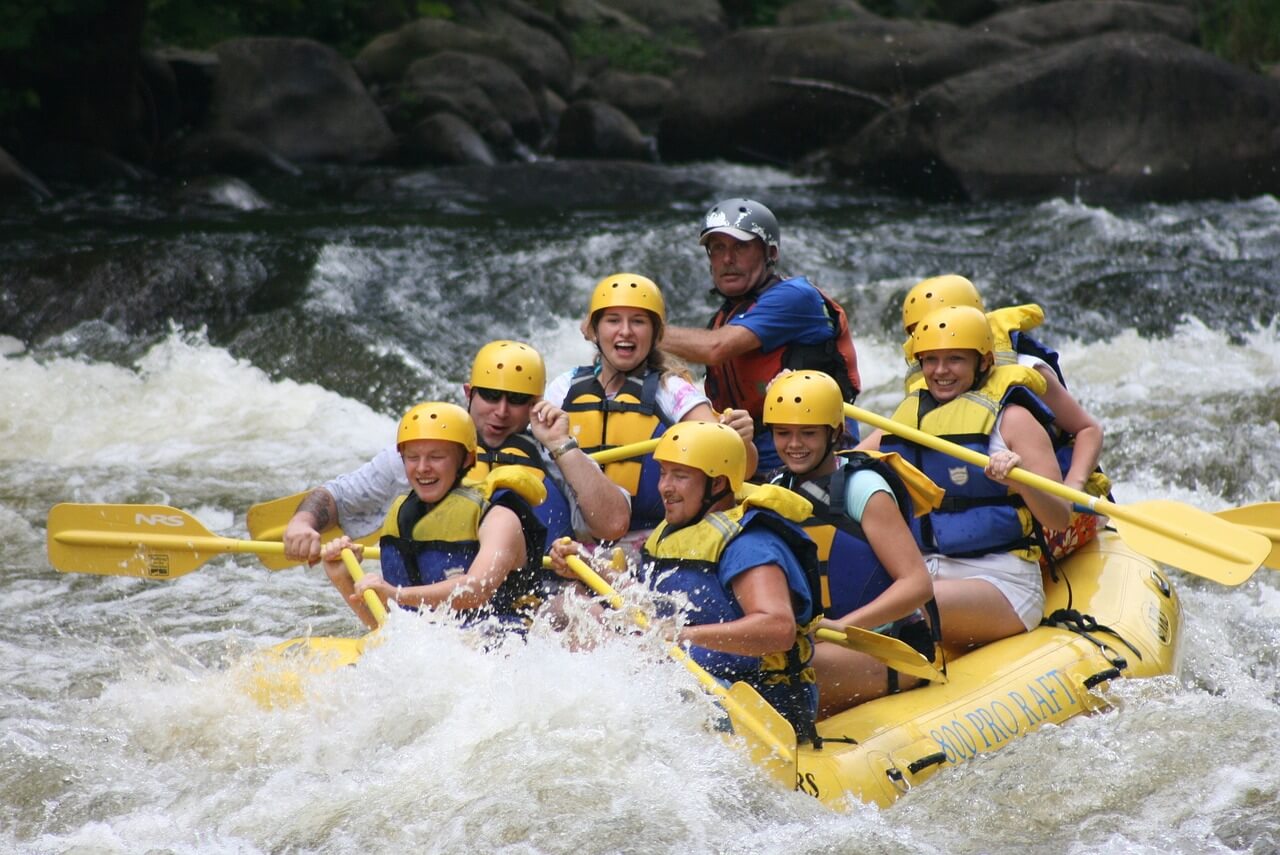North America is a diverse natural playground for thrill-seekers, from towering peaks to rushing rivers and icy frontiers. Adrenaline junkies looking for the next great American adventure should ask what they’re looking for in their next destination – strenuous mountain hiking in the Rocky Mountains? Tranquil iceberg kayaking in Alaska? How about a white-knuckle rafting experience in the Grand Canyon?
Each presents unique challenges, so you should be well-prepared and make sure to prioritize safety before taking them on. Whether you’re drawn to scaling sheer cliffs, navigating savage rapids, or clambering across slick glaciers, North America’s natural wonders deliver pulse-pounding outdoors experiences you (and social media) will remember forever.
Outdoor Adventure Planning & Safety Tips
Nobody wants their outdoor adventure ruined by surprise storms, forgotten safety gear, or a broken-down car in the middle of nowhere. Before you set off for the great outdoors, it’s well worth your time to review some key safety tips to make sure you’re ready for whatever nature throws in your way.

- Pack weather-appropriate clothes – loose-fitting light clothing for hot climates, warmer wear for colder locales, wetsuits for kayaking, and hiking boots for traversing hazardous terrain.
- Prioritize safety – pack sunscreen, hydrate well, carefully read all posted signs, and follow established trails.
- Check the condition of life-saving equipment like life jackets, safety harnesses, or climbing gear before you leave.
- Protect your car from extreme weather with maintenance – check your oil, tires, and coolant, address any major problems such as worn brake pads, and try to keep your car covered or in a garage when possible.
- Research hazards – know what poisonous plants such as poison ivy and poison oak look like, and be aware of what kind of hostile wildlife lives nearby.
Test Your Limits in the Rocky Mountains
Colorado’s portion of the Rockies boasts some of the most accessible yet thrilling climbing opportunities in North America. Some experienced climbers flock to the jagged peaks of the Elk Mountains near Aspen, a spot notorious for crumbly rock, while others prefer more accessible locations like Flatirons near Boulder, which offers trails for vets and beginners alike.
There is no lack of mountains for climbers to test their nerve, but there’s so much more to experience. Like national parks dotting the U.S., the Rocky Mountains boast hundreds of miles of hiking trails to get lost in. There’s a diverse ecosystem spanning from forest to tundra, providing diverse habitats for a wide array of wildlife.
To help fully immerse yourself into the Rocky Mountains while keeping yourself safe, it’s important to do the following.
- Acclimate by spending a day or two at elevation before attempting elevated hikes above 7,500 feet.
- Stick to established trails when following mountain routes to avoid unnecessary risks like uncertain terrain.
- Make sure your vehicle is up to the rigors of mountain travel before departing.
- Stay hydrated and pack sunscreen to protect against summer sun.
- Watch the weather – a mild sunny morning can quickly turn into an afternoon thunderstorm or vice versa.
Alaskan Adventures: Glacier Trekking & Iceberg Kayaking

Alaska is a dream destination for any outdoor enthusiast, called the Last Frontier because much of the rugged mountains, breathtaking coasts, and sweeping alpine forestland remains unexplored. Along with the iconic glaciers, Alaska is a picturesque backdrop for outdoor thrills that can’t be found elsewhere in North America.
Glacier Trekking
Glacier trekking is an underrated activity that the whole family can enjoy – the two most famous are the Mendenhall Glacier near Juneau and the Exit Glacier in the Kenai Fjords National Park. These frozen rivers of ice offer a glimpse into Earth’s past and present a thoughtful, if somewhat alien, terrain to navigate.
On the flip side, the most experienced ice-climbing pros might appreciate the challenge of climbing the Matanuska Glacier. Because of how tricky ice can be to traverse, we urge you to take a guided tour unless you have experience in glacier trekking.
Iceberg Kayaking
Alaska’s coastal waters provide another avenue for watersports enthusiasts: iceberg kayaking. Kayaking in glacier-fed bays like those found in Prince William Sound allows you to paddle among floating icebergs and witness the dramatic spectacle of calving glaciers.

Make sure to keep a weather eye out for wildlife like whales, seals, moose, bears, and sea otters, too, but keep a respectful distance, please. It’s tempting to get up close to the icebergs, but try to resist the urge – icebergs can unexpectedly roll, crack, and even flip.
Exploring the Grand Canyon
The Grand Canyon National Park’s gorgeous rocky landscape continues to enchant the imagination of thrill-seekers everywhere. It also has something to offer everyone, whether you’re into undulating whitewater rafting or prefer a nice, grueling hike through the natural jewel of Arizona. Even Phoenix has a lot of fun activities like outdoor ballooning, so don’t think you have to go fully remote.

For the most daring outdoors enthusiasts visiting the Grand Canyon, you can’t go wrong with whitewater rafting or a classic rim-to-rim hike to test your fitness and mental mettle.
Whitewater Rafting
For those seeking the most intense rafting experience, tackling the Colorado River during the high-water season in late spring through summer is more easygoing and warmer, but water levels can get shallow. With over 250 rippling, cascading rapids to jolt your party around underneath towering red rock formations, this is a perfect activity for the confident paddler. The water runs cold, so pack appropriately.
Rim-to-Rim Hiking
For those who prefer terra firma, the rim-to-rim trek presents a grueling yet rewarding challenge. This epic hike spans 21-24 miles, conquering over 5,000 feet of elevation change in each direction. We recommend you get started early to beat the afternoon heat, pack plenty of water, map your route, and watch out for hazards like poison ivy in the lower areas of the Grand Canyon.
Wrapping Up
North America may be fully mapped, but that doesn’t mean outdoor thrill-seekers can’t tap into its untamed wilderness for their next adventure. Whether you’re interested in spotting otters and icebergs in Alaska, prefer a shady hike through the bowels of the Grand Canyon, or want to see how high you can go in the Rocky Mountains, the only limit is you.

